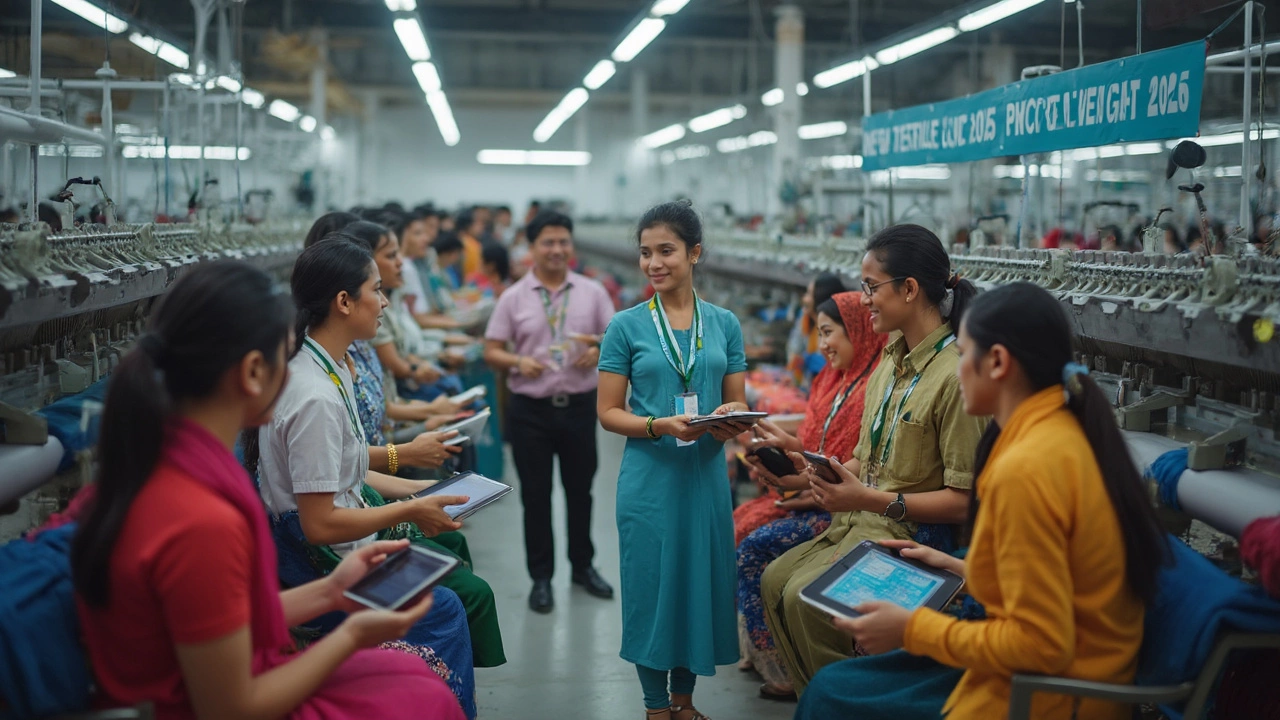Textile Exports in India: What’s Happening and How to Profit
If you’re looking at the global fabric game, India shows up on almost every export chart. The country ships everything from cotton yarn to high‑tech polyester, and the numbers keep climbing. For a trader or a factory owner, that growth means more chances to sell abroad, but it also brings rules, logistics, and competition that you need to master.
Why India Leads in Textile Exports
First, the raw material base is massive. India ranks among the top cotton producers, and its polyester capacity has exploded thanks to modern plants. That mix lets manufacturers offer low‑cost basics and premium fabrics side by side. Second, government schemes like the Merchandise Export from India Scheme (MEIS) give cash incentives that shave off a few percent of your export cost. Finally, a well‑developed port network – especially Mumbai, Chennai, and Kolkata – keeps shipping times competitive with China and Bangladesh.
Key Tips to Boost Your Export Business
1. **Know Your Target Market** – The U.S., EU, and Middle East are still the biggest buyers, but fast‑fashion hubs in Southeast Asia are catching up. Each market has its own labeling, safety, and sustainability standards, so adapt your product sheet early.
2. **Lock Down Certifications** – ISO 9001, Oeko‑Tex, and BIS certifications aren’t just paperwork; they open doors to premium buyers who pay extra for verified quality.
3. **Leverage Digital Platforms** – Websites like IndiaMART and export‑focused portals let you showcase samples, handle inquiries, and even secure letters of credit without a middleman.
4. **Streamline Logistics** – Partner with freight forwarders who understand customs duty structures for textiles. A small mistake in HS codes can add 15‑20% extra cost on a shipment.
5. **Watch Currency Moves** – The rupee’s value directly hits your margins. Using forward contracts or hedging tools can protect you from sudden swings, especially when dealing in USD or EUR.
Beyond these steps, stay updated on policy changes. The government frequently revises export duty exemptions, and new trade agreements can shave weeks off clearance times. Signing up for newsletters from the Apparel Export Promotion Council (AEPC) is a cheap way to keep the info flow steady.
Remember, exporting isn’t a one‑size‑fits‑all game. Some firms thrive by focusing on niche fabrics like organic silk, while others win by volume‑driven bulk cotton. Test the market with small batches, gather buyer feedback, then scale up the styles that click.
Bottom line: India’s textile export sector offers solid profit potential, but success hinges on understanding market demands, meeting certification standards, and handling logistics like a pro. Start with one or two target countries, perfect your supply chain, and let the export numbers grow from there.

India Textile Policy: What’s Changing for Manufacturers in 2025?
This article unpacks India’s new textile policy and what it means for manufacturers and exporters in 2025. Learn how government incentives, compliance rules, and tech upgrades are setting the groundwork for industry growth. Discover what’s changing with labor, exports, and sustainability. Get practical tips so you can stay ahead with industry shifts. Find out what’s in it for businesses—big or small.
Read More